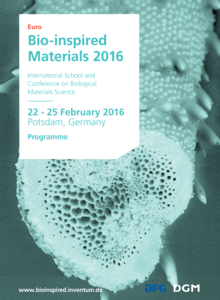The N&N Group participates in the Nano Festival at the Campus UAB
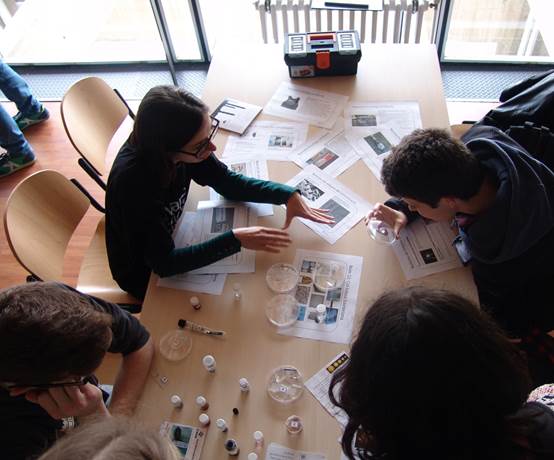 The N&N Group has collaborated in the first science outreach festival of Nanoscience and Nanotechnology. This festival, held between April 4th-8th 2016 in different locations of the Spanish geography (Zaragoza, Donostia, Barcelona, and Campus UAB) is full of different activities: seminars, exhibitions, workshops, nanodebates and competitions.
The N&N Group has collaborated in the first science outreach festival of Nanoscience and Nanotechnology. This festival, held between April 4th-8th 2016 in different locations of the Spanish geography (Zaragoza, Donostia, Barcelona, and Campus UAB) is full of different activities: seminars, exhibitions, workshops, nanodebates and competitions.
Anna May and Pol Sallés participated in the workshop around “Nanomaterials at ICMAB“, in which different nanomaterials created by ICMAB were shown and the role of nanotechnology in our daily life products was discussed. The assistants were mainly students from the UAB (Nanoscience and Nanotechnology, Biotechnology, etc.), but also high school students interested in pursuing a Nanoscience degree were present. Tomorrow, Tuesday 5th April, Anna Laromaine will give a talk on Nanomedicine (Sala d’Actes, Facultat de Ciències, 10.30 – 13 h) and the workshop will also be held at the C1 Hall of the Facultat de Ciències (13 – 15 h).
The program of the different activities held at Campus UAB can be found here.
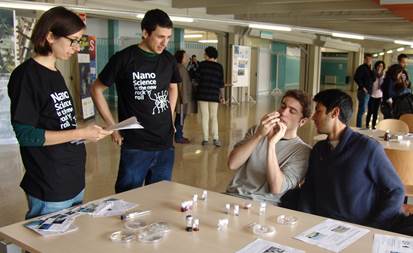
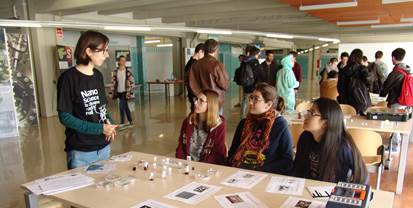
The news at the ICMAB webpage is found here.

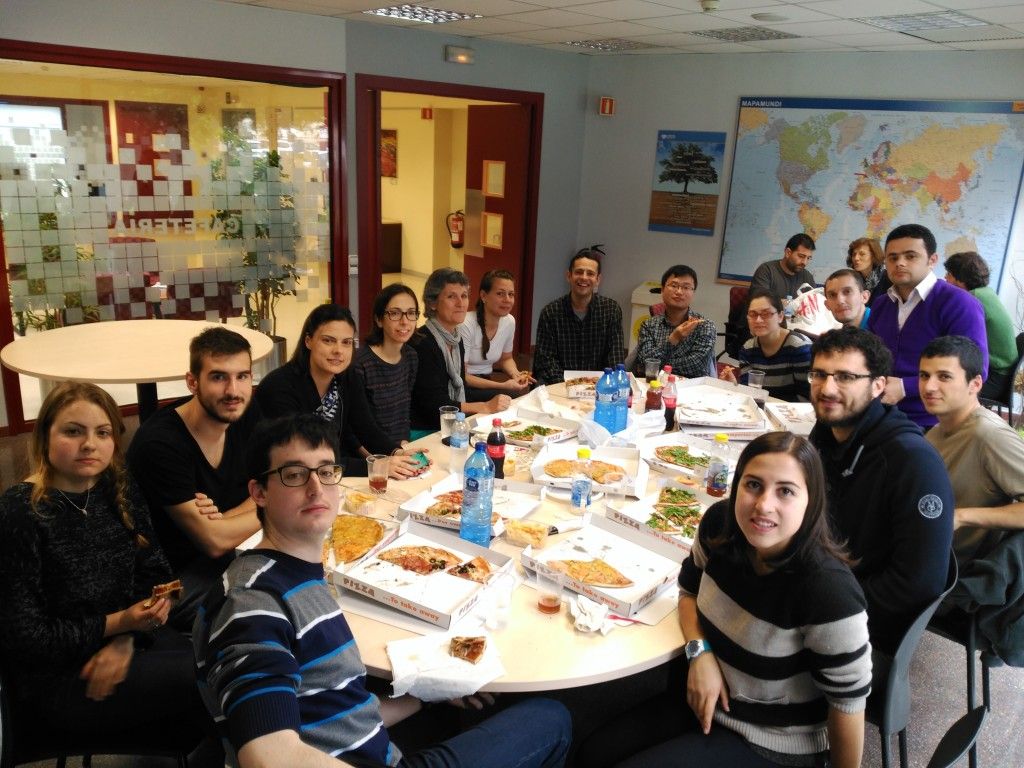
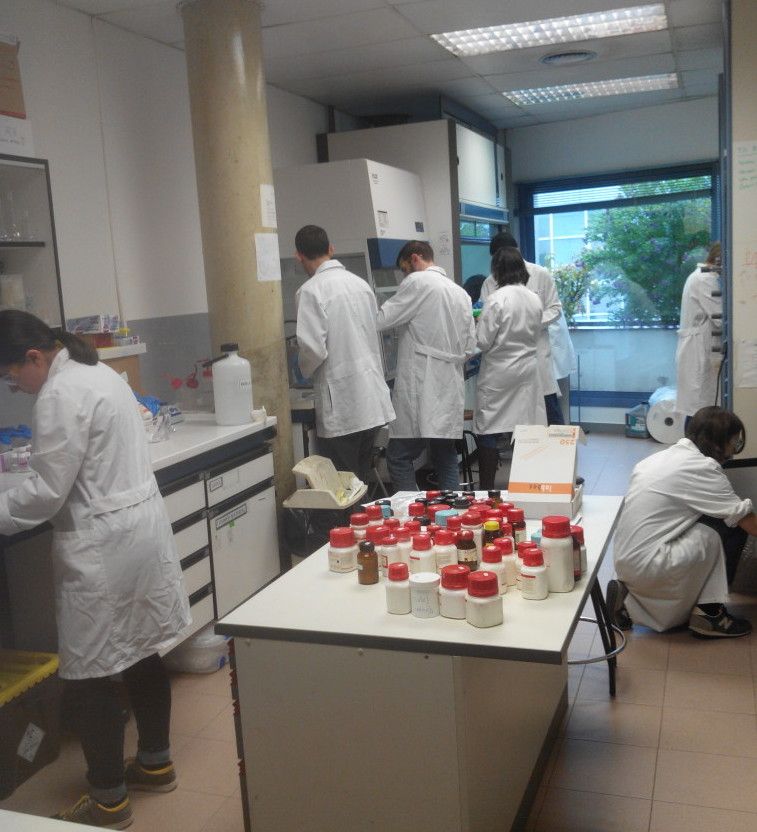
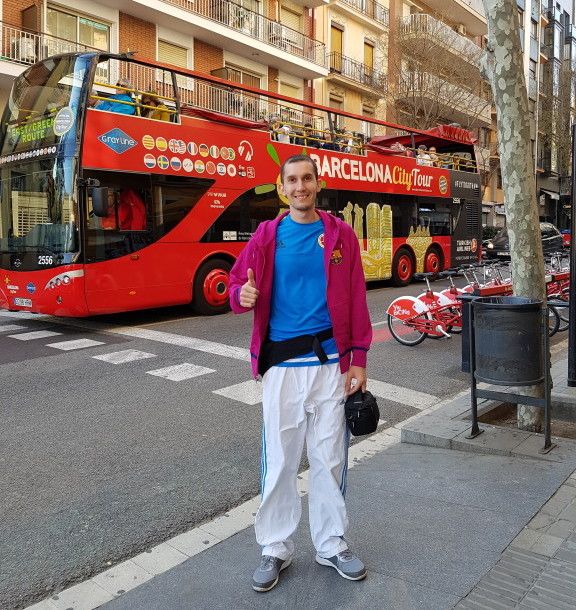

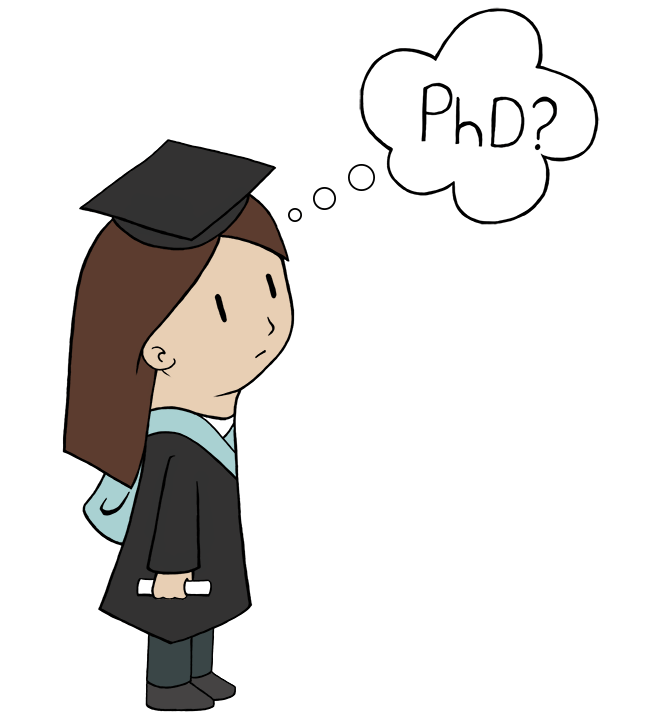
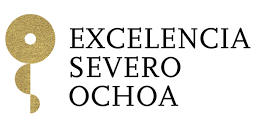
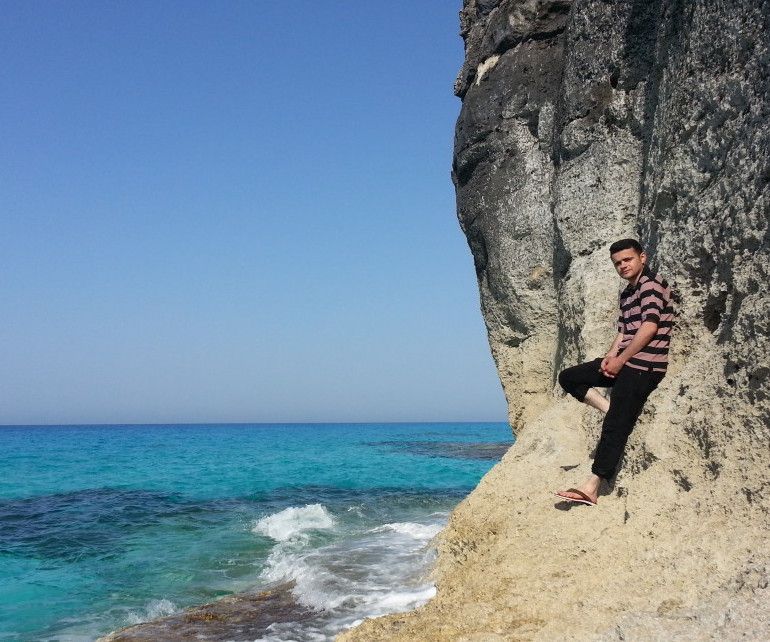
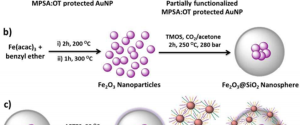
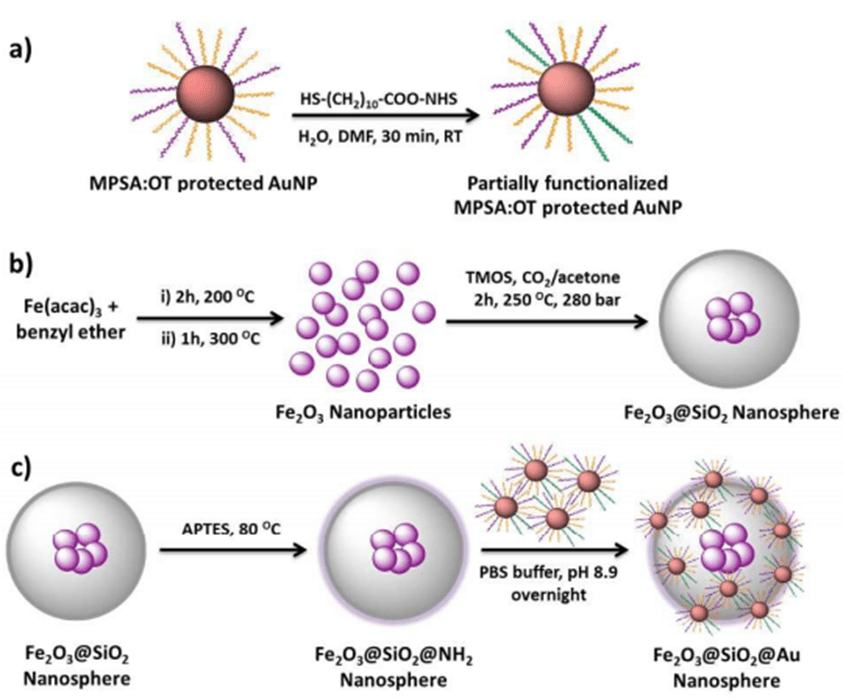

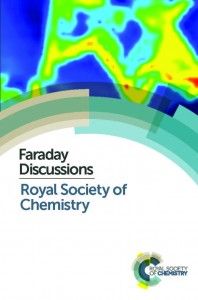 We are very happy to announce that the manuscript “
We are very happy to announce that the manuscript “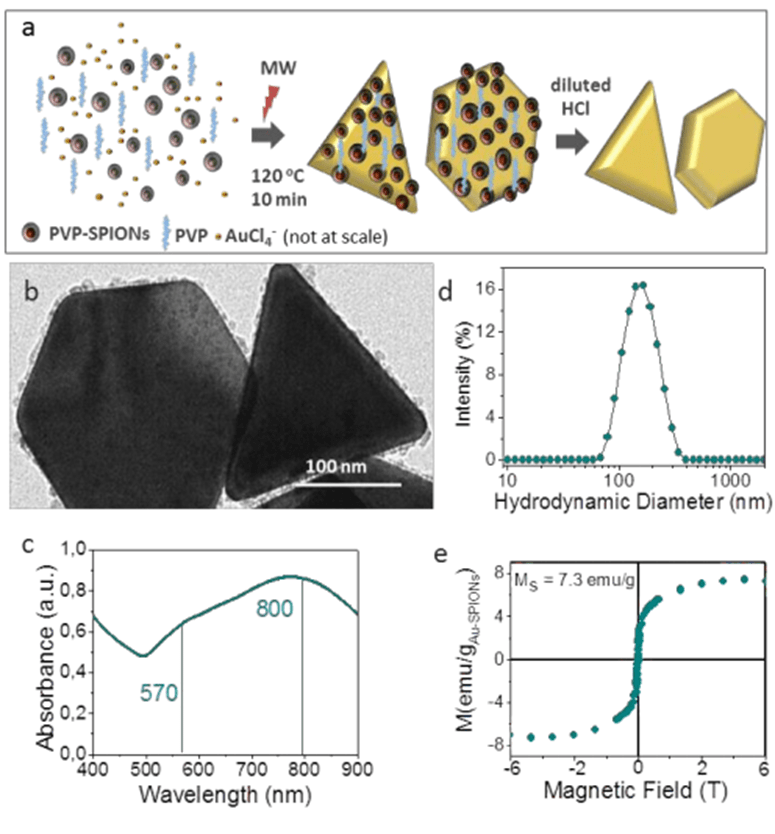

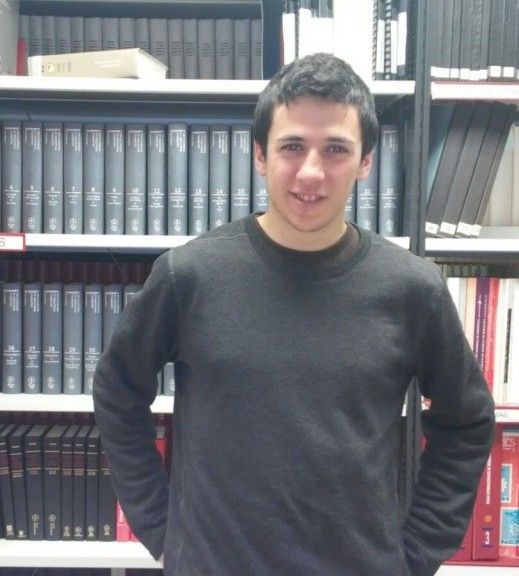 Pol Sallés was in the N&N group last year for his Degree’s Final Project (TFG). Now that he is already graduated in Nanoscience & Nanotechnology (UAB), he is back with us in the N&N Group for six months to do some research on microwave-assisted synthesis of nanocomposites. Welcome back, Pol! We hope you enjoy your stay at the ICMAB!
Pol Sallés was in the N&N group last year for his Degree’s Final Project (TFG). Now that he is already graduated in Nanoscience & Nanotechnology (UAB), he is back with us in the N&N Group for six months to do some research on microwave-assisted synthesis of nanocomposites. Welcome back, Pol! We hope you enjoy your stay at the ICMAB!